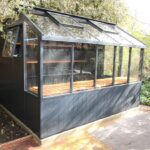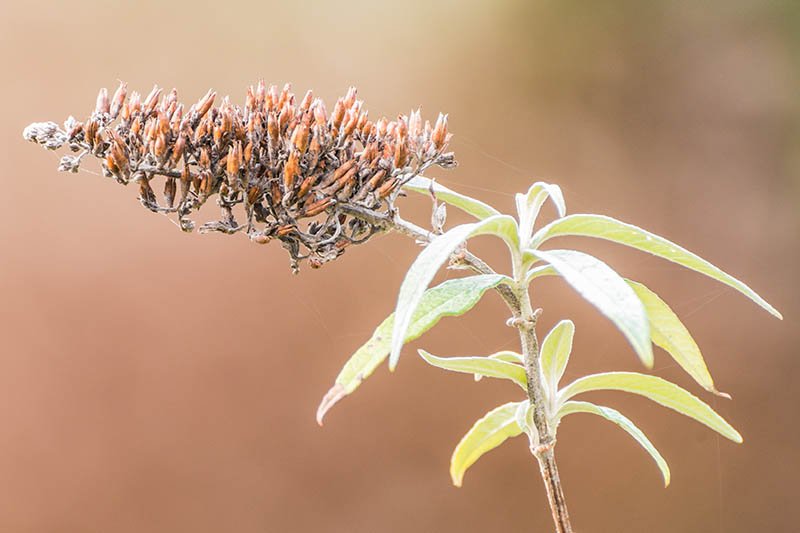Butterfly bush seeds are small, dark, and cylindrical in shape. They may appear insignificant at first glance, but these tiny seeds hold the promise of vibrant blooms and fluttering visitors to your garden. When seeking to bring these beautiful plants to life, recognizing what do butterfly bush seeds look like is the first step towards nurturing their growth. It is essential to understand their appearance to ensure successful propagation. Let’s delve deeper into the world of butterfly bush seeds and discover their hidden beauty waiting to bloom.
Exploring the Mysteries of Butterfly Bush Seeds
Welcome, nature enthusiasts! If you have ever marveled at the beauty of a butterfly bush and wondered about the seeds that give life to these magnificent plants, you’ve come to the right place. In this article, we will delve into the fascinating world of butterfly bush seeds and uncover the secrets they hold. So, grab your magnifying glass and let’s embark on this exciting journey to learn all about what butterfly bush seeds look like!
What Are Butterfly Bush Seeds?
Before we dive into what butterfly bush seeds look like, let’s first understand what they are. Butterfly bush seeds are tiny, oval-shaped structures that contain all the genetic information needed to grow into a beautiful butterfly bush plant. These seeds are typically produced by mature butterfly bush flowers after they have been pollinated by bees, butterflies, or other insects.
Size and Color of Butterfly Bush Seeds
Butterfly bush seeds are incredibly small, measuring only a few millimeters in size. They are usually dark brown or black in color, with a shiny outer coating that helps protect them from environmental factors such as moisture and sunlight. The dark color of the seeds also helps them blend in with the soil, providing camouflage from potential predators.
Texture and Shape
When you look closely at a butterfly bush seed, you will notice that it has a smooth and rounded surface. The seed’s shape is often described as elongated or oval, similar to a tiny bean. This streamlined shape allows the seed to be easily dispersed by the wind or other natural elements, ensuring that it can find a suitable spot to germinate and grow into a new butterfly bush plant.
Germination Process
Once a butterfly bush seed finds its way to the soil, it begins the process of germination. This involves the seed absorbing water and nutrients from the soil, causing it to swell and eventually sprout a tiny root known as a radicle. The radicle will then develop into a young seedling, which will continue to grow and mature into a full-fledged butterfly bush plant over time.
Identifying Butterfly Bush Seeds in Nature
Now that we know what butterfly bush seeds look like, how can we identify them in their natural habitat? One of the best ways to spot butterfly bush seeds is to look for dried flower heads on mature butterfly bush plants. These flower heads contain numerous seeds that can be collected and saved for planting in your own garden.
Another clue to identifying butterfly bush seeds is their size and color. Remember that they are small, dark brown or black seeds with a shiny outer coating. If you come across seeds that match this description while exploring nature, chances are you’ve stumbled upon butterfly bush seeds!
Collecting and Planting Butterfly Bush Seeds
If you’re interested in growing your own butterfly bush plants from seeds, here’s how you can collect and plant them. Begin by harvesting mature flower heads from a healthy butterfly bush plant. Next, gently crush the flower heads to release the seeds, being careful not to damage them in the process.
Once you have collected the seeds, it’s time to prepare them for planting. You can either sow the seeds directly into the soil or start them indoors in small containers. Remember to provide the seeds with adequate sunlight, water, and nutrients to help them germinate and grow into thriving butterfly bush plants.
In Conclusion
Exploring the world of butterfly bush seeds has been a fascinating journey filled with intriguing discoveries. From their small size and dark color to their unique shape and germination process, butterfly bush seeds are truly remarkable marvels of nature. By understanding what butterfly bush seeds look like and how to identify them, you can deepen your appreciation for these beautiful plants and even try your hand at growing them in your own garden.
So, the next time you see a butterfly bush in full bloom, take a moment to appreciate the incredible journey that its seeds have gone through to create such wondrous beauty. Who knows, maybe you’ll be inspired to plant your own butterfly bush seeds and witness the magic of nature unfolding right before your eyes!
How to collect and sow buddliea (butterfly bush) in the winter at Stinky Ditch Nursery January ‘21
Frequently Asked Questions
What characteristics do butterfly bush seeds have?
Butterfly bush seeds are small and light brown in color. They are typically oval or elongated in shape and have a smooth texture. The seeds may vary slightly in appearance depending on the specific cultivar of the butterfly bush.
How can I distinguish butterfly bush seeds from other plant seeds?
One way to differentiate butterfly bush seeds from other plant seeds is by their size and color. Butterfly bush seeds are generally small and light brown, unlike larger, darker seeds commonly found in other plant species. Additionally, their oval or elongated shape can help in identification.
Where are butterfly bush seeds typically located on the plant?
Butterfly bush seeds are usually found in the seed pods that develop after the plant has finished flowering. These pods are formed at the end of the blooming season and contain the small seeds within. The pods can be harvested once they have dried on the plant.
Final Thoughts
In conclusion, butterfly bush seeds are tiny and dark, typically resembling small flakes. These seeds are often elongated and slightly curved, with a smooth texture. Their size is similar to that of a grain of sand, making them easy to lose if not handled carefully. It’s important to recognize what butterfly bush seeds look like to properly sow and care for these beautiful plants.
 home depot coupons moving helping customers save on essential home supplies
home depot coupons moving helping customers save on essential home supplies 
